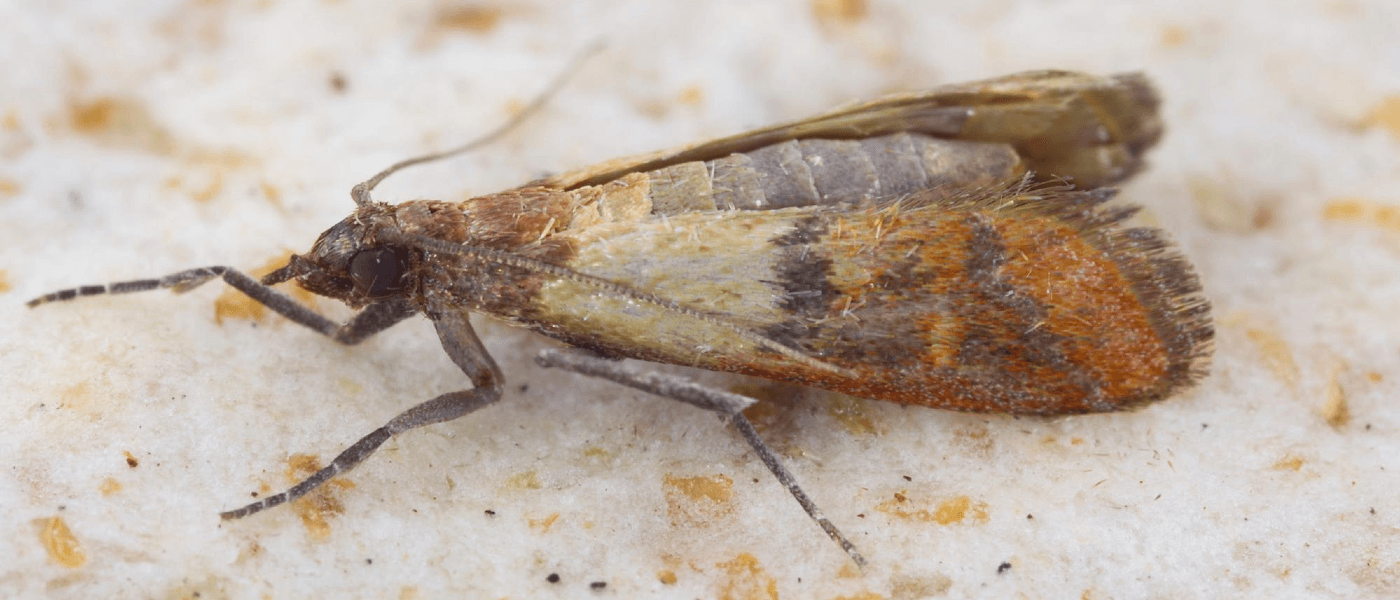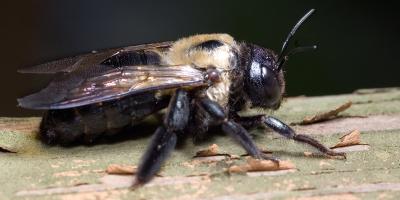Clothes Moths Versus Pantry Moths

To the casual observer, a moth may be just a moth; but to the entomologically inclined, moth identification goes a lot deeper than that. Take clothes moths and “pantry” or Indian meal moths, for example: Clothes moths can wreak havoc on your wardrobe, and pantry moths can decimate your food store; but as much as those two species have in common, they’re actually quite distinct.
Despite being mistaken for one another on a regular basis, clothes moths and pantry moths cause very different kinds of trouble for homeowners across New England. Either way, however, they do have at least one significant trait in common -- both species rarely go away on their own without intervention.
Clothes Moths are a Fashion Faux Pas
There are actually two distinct species of clothes moths -- that is, moths that will turn your outfits into a slasher-movie wardrobe whether you want them to or not. Casemaking clothes moths, or Tinea pellionella, and webbing clothes moths, or Tineola bisselliella, are both about 1 cm long and yellow-to-grayish in color. Both feed on fabrics and other fibrous materials and can often be found in clothes closets. They also have a special interest in textile rugs, particularly those covered in dog or cat hair.
Clothing moths will disappear and hide when disturbed, so you might not even know you have a problem until it’s already way out of control. Regularly clean any areas where clothes or tapestries are kept, being sure to clear everything out from time to time and examine any fabrics that haven’t been used in a while.
Pantry Pests are the Pits
Indian meal (“pantry”) moths, on the other hand, prefer to eat stored grains. Their larvae also feed on dried fruits, nuts, cereals and a variety of processed food. Much bigger than their clothes-munching counterparts, Indian meal moths have a wingspan of nearly an inch, with reddish brown wings and otherwise gray bodies. They contaminate food primarily with their droppings.
If you think you might have pantry moths, first inspect all the food in your pantry, looking for the wormlike larva and leftovers from their silky cocoons. Toss any food in which you find live insects or unusual particles that could be feces or discarded casings. It may be best to toss everything that isn’t vacuum-sealed if the problem seems pervasive.
Grandma was Right About Moth Balls
Moth balls, despite their mildly offensive odor, do the trick when it comes to deterring moths from mingling with your clothes or other fabrics. Traditional mothballs do contain some rather caustic chemicals, but camphor-based moth balls do a good job as well.
You don’t really want either kind of moth ball near your food storage area, so your best bet to keep away pantry moths is to keep all your food sealed in airtight containers. That should include any dog, cat, bird or other pet food.
The good news is that both clothing moths and pantry moths are treatable without the help of a professional, but it takes dedication and time to thoroughly take care of the problem. If you’ve been unable to properly identify the source of the pests, or if you’ve exhausted all options and are still finding moths, it’s time to call in the pros.
Not sure if you’re dealing with a clothing moth or a pantry moth? Send a photo to our resident entomologist Dr. Gary and he’ll help you identify the pest.



